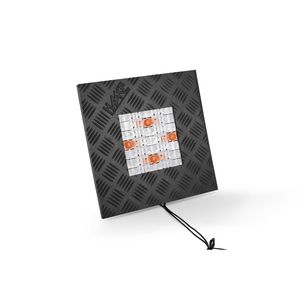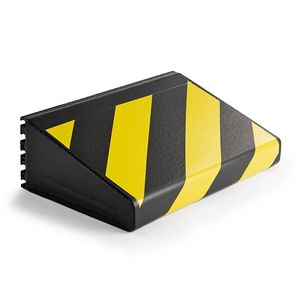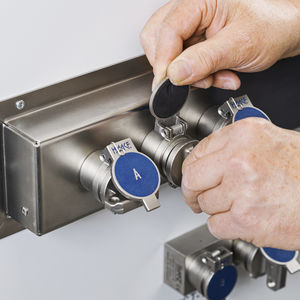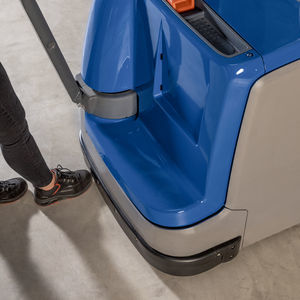
Security safety edge HSC
Add to favorites
Compare this product
Characteristics
- Options
- security
Description
Safety edges HSC
Use of industrial machinery and equipment entails certain risks. A known safety risk: pinch points, as well as shearing and crushing edges. Failure to secure them properly can lead to injuries - for example, by catching an employee's hand. So-called safety edges were developed to prevent exactly this type of injuries.
What is a safety edge?
Safety edges are contact-sensitive detectors that recognise whenever a person or part of a person's body comes into contact with the detector. Should a safety edge register a contact or an obstacle, the automatic drive of the machine is immediately stopped.
We encounter safety edges frequently in our everyday lives, but it's a rare occasion that we actually notice them. For instance, when we pass through the revolving door in an airport, a safety edge ensures that our arm or leg is not caught or crushed between the frame and the wing of the revolving door.
You can find many different types of safety edges on the market. Besides electrical systems that operate based on the closed circuit principle there are optoelectronic systems as well. These types of safety edges require a special control unit to process the signals from the safety edge. The Haake safety edges work based on the highly effective and reliable normally closed contacts principle. It does not require a special control unit.
Exhibitions
Meet this supplier at the following exhibition(s):

*Prices are pre-tax. They exclude delivery charges and customs duties and do not include additional charges for installation or activation options. Prices are indicative only and may vary by country, with changes to the cost of raw materials and exchange rates.







